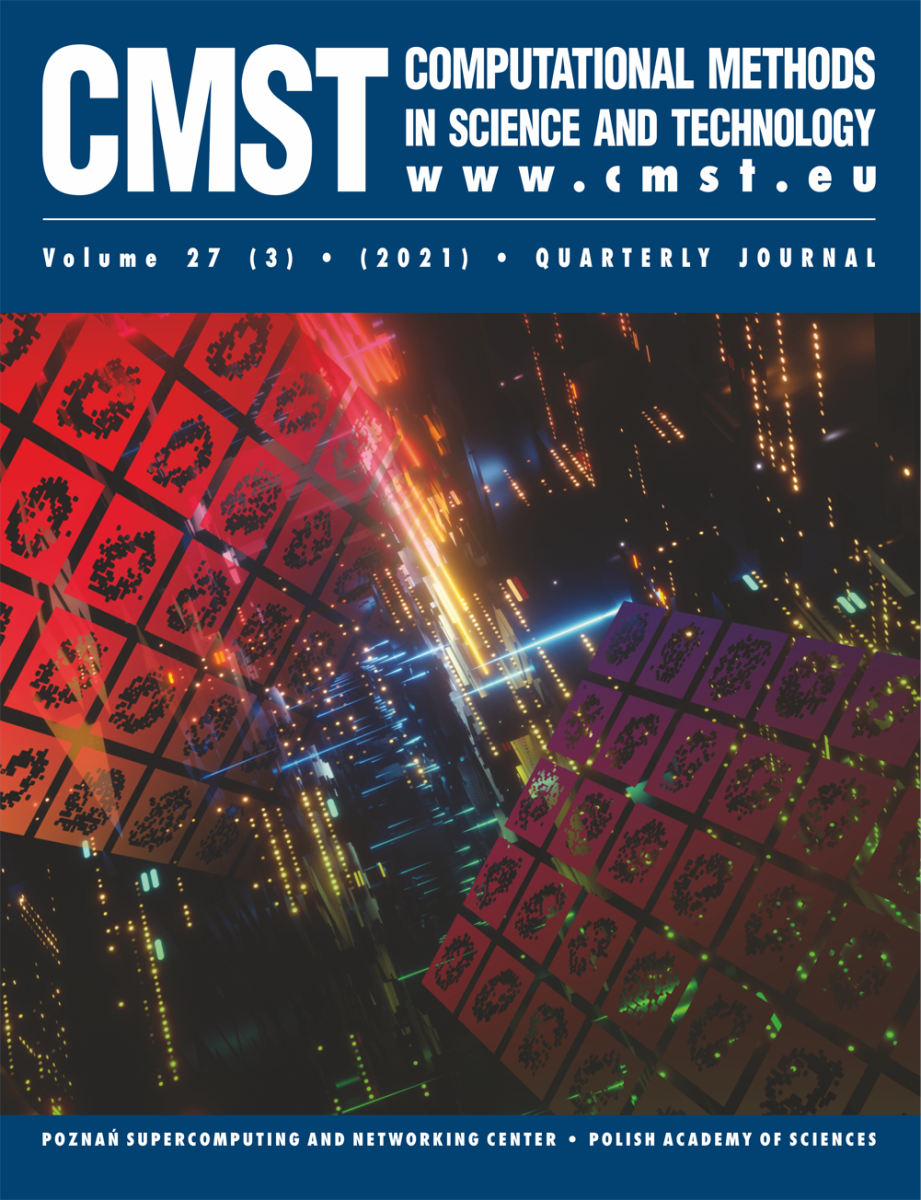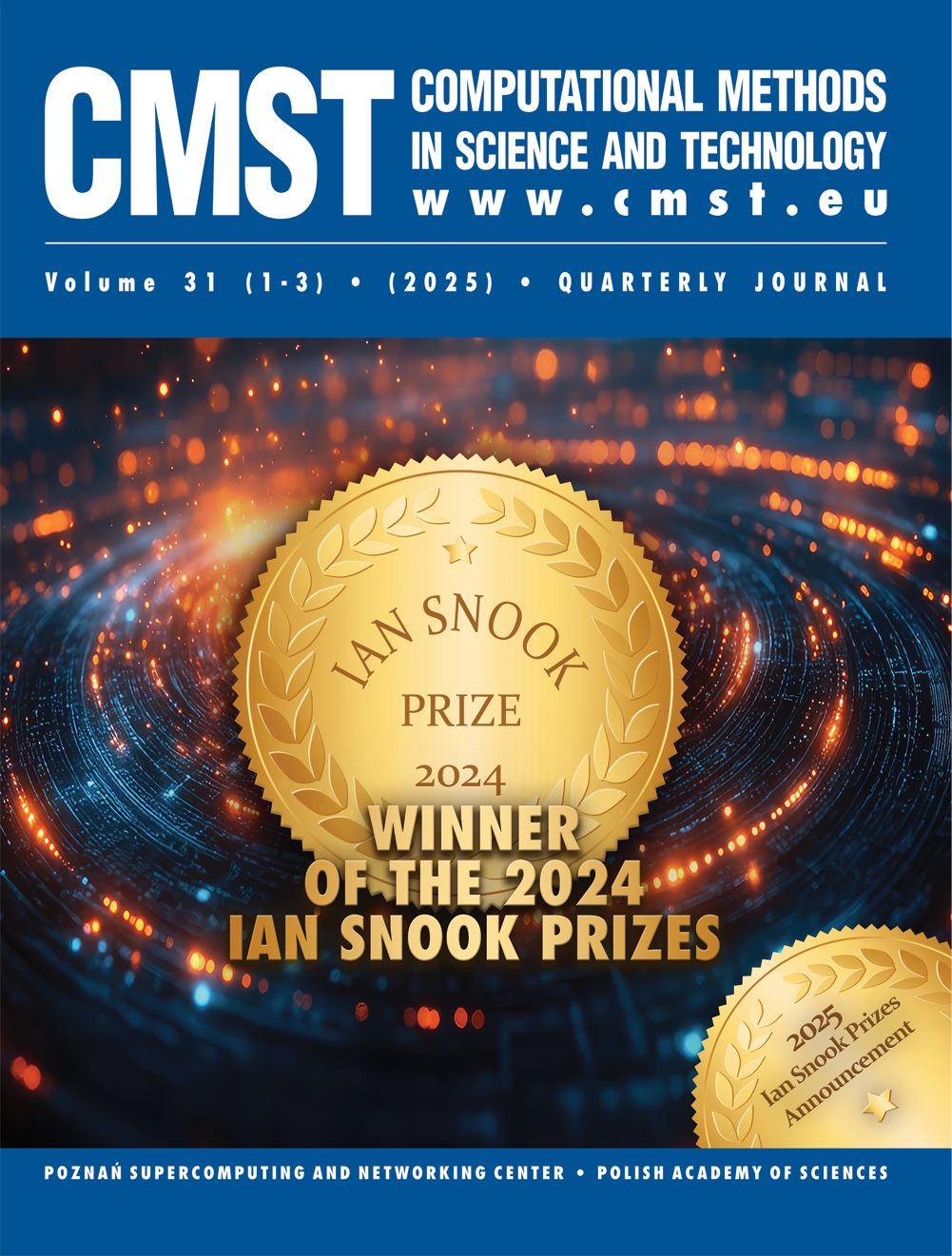Remote Oceanographic Instrumentation Integrated in a GRID Environment
Salon Stefano 1, Poulain Pierre-Marie 1, Mauri Elena 1, Gerin Riccardo 1, Adami Davide 2, Davoli Franco 3
1 Istituto Nazionale di Oceanografia e di Geofisica Sperimentale OGS
B.go Grotta Gigante 42/c, 34010 Sgonico, Italy
e-mail: {ssalon/ppoulain/emauri/rgerin}@inogs.it
2 DII-University of Pisa / CNIT-University of Pisa Research Unit
Via G. Caruso 16, 56122 Pisa, Italy
e-mail: d.adami@iet.unipi.it
3 DIST-University of Genoa / CNIT-University of Genoa Research Unit
Via Opera Pia 13, 16145 Genova, Italy
e-mail: franco@dist.unige.it
Received:
Received: 26 November 2008; published online: 25 March 2009
DOI: 10.12921/cmst.2009.15.01.49-55
OAI: oai:lib.psnc.pl:663
Abstract:
The observations provided by oceanographic remote instruments are essential to the purposes of the operational oceanography that represents a constantly growing tool to monitor and predict the state of the marine resources. The management of a network of instruments deployed in the Mediterranean Sea is a complex task that may be greatly supported by the GRID technology. This paper presents the activity planned by the DORII EU-FP7 project concerning the floats and the glider. The aim of the project is to demonstrate the potentiality of the state-of-the-art eInfrastructure in the integration of the data driven control/interaction workflow that characterizes the instruments. We describe the communication between the elements of the workflow and the associated network topology.
Key words:
GRID technology, operational oceanography, remote instrumentation
References:
[1] N. C. Flemming, S. Vallerga, N. Pinardi, H. W. A. Behrens, G. Manzella, D. Prandle and J. H. Stel (eds), Operational Oceanography – Implementation at the European and Regional Scales. Elsevier Oceanography Vol. 66. Elsevier, Amsterdam (2002).
[2] See the official web page of the DORII project, http://www.dorii.eu/home
[3] See the official web page of the CORIOLIS Centre, http://www.coriolis.eu.org/
[4] See the official web page of the MedARGO project hosted at OGS – http://poseidon.ogs.trieste.it/sire/medargo.
[5] P.-M. Poulain, R. Barbanti, J. Font, A. Cruzado, C. Millot, I. Gertman, A. Griffa, A. Molcard, V. Rupolo, S. Le Bras and L. Petit de la Villeon, MedArgo: a drifting profiler program in the Mediterranean Sea. Ocean Science 3, 379-395 (2007).
[6] See the official web page of the Mediterranean Forecasting System – http://gnoo.bo.ingv.it/mfs/
[7] R. Gerin, E. Mauri and P.-M. Poulain, Prime missioni dello Slocum Electric Glider: TS-TEST (Trieste, 7-8 giugno 2007) e MREA07 (La Spezia, 19-21 giugno 2007), REL. OGS 2007/73 OGA 19 SIRE, Trieste, Italy, 31 pp (2007). http://doga.ogs.trieste.it/sire/glider/mrea07-lasie07.html
[8] See the official web page of the Mediterranean Operational Oceanography Network,
[9] See the official web page of EuroGOOS, http://www.eurogoos.org/
[10] See the official web page of GÉANT, http://www.geant.net/
[11] E. Rosen, A. Viswanathan and R. Callon, Multiprotocol Label Switching. IETF RFC 3031 (2001). http://www.ietf.org/rfc/rfc3031.txt
[12] See the official web page of the MERSEA project, http://www.mersea.eu.org/.
The observations provided by oceanographic remote instruments are essential to the purposes of the operational oceanography that represents a constantly growing tool to monitor and predict the state of the marine resources. The management of a network of instruments deployed in the Mediterranean Sea is a complex task that may be greatly supported by the GRID technology. This paper presents the activity planned by the DORII EU-FP7 project concerning the floats and the glider. The aim of the project is to demonstrate the potentiality of the state-of-the-art eInfrastructure in the integration of the data driven control/interaction workflow that characterizes the instruments. We describe the communication between the elements of the workflow and the associated network topology.
Key words:
GRID technology, operational oceanography, remote instrumentation
References:
[1] N. C. Flemming, S. Vallerga, N. Pinardi, H. W. A. Behrens, G. Manzella, D. Prandle and J. H. Stel (eds), Operational Oceanography – Implementation at the European and Regional Scales. Elsevier Oceanography Vol. 66. Elsevier, Amsterdam (2002).
[2] See the official web page of the DORII project, http://www.dorii.eu/home
[3] See the official web page of the CORIOLIS Centre, http://www.coriolis.eu.org/
[4] See the official web page of the MedARGO project hosted at OGS – http://poseidon.ogs.trieste.it/sire/medargo.
[5] P.-M. Poulain, R. Barbanti, J. Font, A. Cruzado, C. Millot, I. Gertman, A. Griffa, A. Molcard, V. Rupolo, S. Le Bras and L. Petit de la Villeon, MedArgo: a drifting profiler program in the Mediterranean Sea. Ocean Science 3, 379-395 (2007).
[6] See the official web page of the Mediterranean Forecasting System – http://gnoo.bo.ingv.it/mfs/
[7] R. Gerin, E. Mauri and P.-M. Poulain, Prime missioni dello Slocum Electric Glider: TS-TEST (Trieste, 7-8 giugno 2007) e MREA07 (La Spezia, 19-21 giugno 2007), REL. OGS 2007/73 OGA 19 SIRE, Trieste, Italy, 31 pp (2007). http://doga.ogs.trieste.it/sire/glider/mrea07-lasie07.html
[8] See the official web page of the Mediterranean Operational Oceanography Network,
[9] See the official web page of EuroGOOS, http://www.eurogoos.org/
[10] See the official web page of GÉANT, http://www.geant.net/
[11] E. Rosen, A. Viswanathan and R. Callon, Multiprotocol Label Switching. IETF RFC 3031 (2001). http://www.ietf.org/rfc/rfc3031.txt
[12] See the official web page of the MERSEA project, http://www.mersea.eu.org/.

